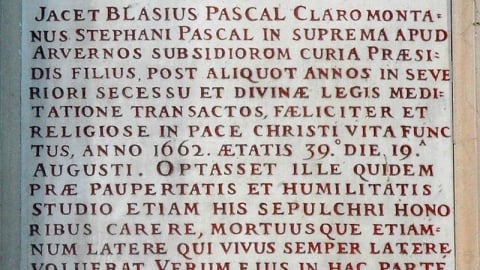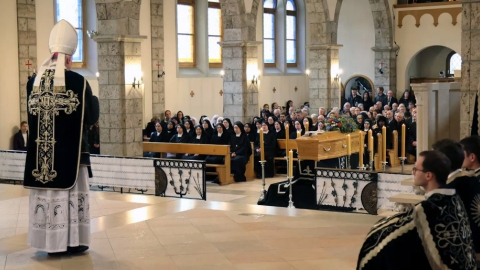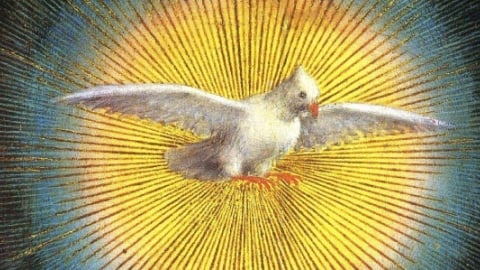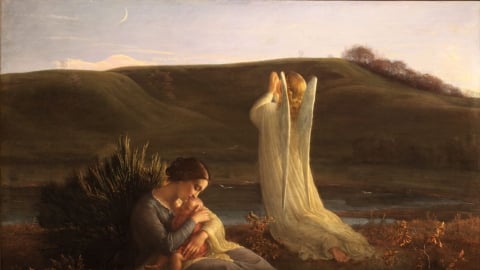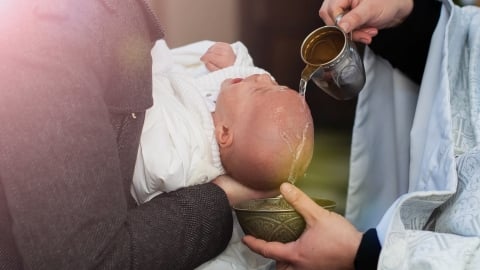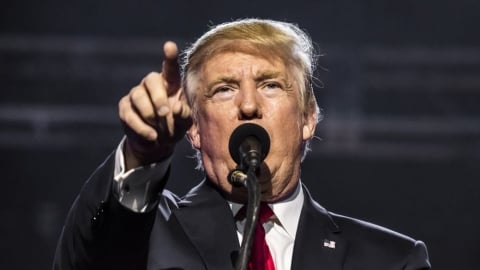The Church and Pandemics: Then and Now
The COVID-19 (“Coronavirus”) pandemic has placed strains in public health, the economy, and religious life. Public authorities, eager to curtail the virus’s spread as quickly as possible, have imposed strict measures limiting social interaction, including church attendance.
The Current Situation
Although measures vary across the United States, every state has imposed some type of restriction on public gatherings in order to combat the Coronavirus. Michigan, for instance, imposed a strict stay-at-home order last week, which included temporarily shuttering most businesses and prohibiting all public gatherings. Kansas instituted a similar measure that begins today.
Nationally, the federal government has recommended limiting gatherings to 10 or fewer, though many states and health officials believe that even this interdict is too permissive. In areas of the country hit particularly hard by the virus, including Washington and New York, public authorities want to restrict as much movement as practicable while neighboring states are trying to impose mandatory 14-day quarantines on persons originating from high-infection regions of the country.
Weeks ago, many Catholic bishops began dispensing the faithful from their Sunday Mass obligation, with some going so far as to cancel all religious services. Others initially opted for a cautionary approach. For example, Bishop Benedict Aleksiychuk of the Ukrainian Greek-Catholic Eparchy of Chicago, first permitted public liturgies to take place with special instructions given on distributing Holy Communion before suspending public services altogether. As the crisis deepens, the American hierarchy continues to issue new limitations, up to and including prohibiting confessions and anointing of the sick.
In response to this situation, the Vatican’s Sacred Penitentiary stepped-in to offer bishops guidance on when imparting general, rather than individual, absolution may be necessary and to encourage them to keep the sacraments available under a banner of prudence. Distressed (if not disgruntled), some Catholic clerics, canonists, and writers have called on Church leaders to disobey the public authorities and continue holding religious services, particularly Holy Week and Easter liturgies. Some murmur that the Church is now following “the ways of the world” rather than the ways of God.
A Century Ago
The Coronoavirus pandemic is hardly the first time the Church has had to navigate a major health crisis, even in the modern area. Just over a century ago, the world was ravaged by the so-called “Spanish Flu” pandemic. In the United States alone, an estimated 675,000 people lost their lives due to the disease. Public authorities across the country issued orders restricting public gatherings, including ordering churches to close.
The Catholic hierarchy’s response, while not uniform across the country, exhibited a careful balance between public health and spiritual concerns. For example, Bishop Regis Canevin of Pittsburgh, issued the following statement on October 17, 1918:
The Department of Public Health throughout the country are taking unusual precautions to prevent the further spread of influenza which is already epidemic in a number of places. In some districts of Western Pennsylvania churches and schools are closed and all public meetings are forbidden. It is indeed a great hardship for Catholics to be deprived of the opportunity to assemble for Mass and other divine services in their churches; but when, in the judgment of the civil authorities, whose duty it is to safeguard public health, it becomes necessary to close churches and schools and take other strong precautions against epidemics of virulent disease, the only rule for pastors and people is to co-operate with the civil authorities of their district, obey the laws, and comply with regulations that are enacted for the common good.
In the city of Pittsburgh, churches are not to be open for public services; no congregation or group of persons is allowed to assemble in them. Public meetings are prohibited.
Other American bishops at the time, such as John Glennon of St. Louis, were resistant to closing churches in response to the flu epidemic. However, Bishop Glennon, at the behest of the local authorities, dispensed his flock from their Mass obligation for several weeks as part of a local response to Spanish Flu that is today still highly regarded for its effectiveness. Similarly, Cardinal James Gibbons of Boston questioned church closures at the time, albeit because commercial operations such as saloons were still allowed to operate.
Caution, Not Fear
The cautious approach undertaken by American Catholic bishops a century ago can stand as a lesson for today. While it is true that public religious gatherings continued in parts of the United States during the influenza pandemic, a great deal more is known today about how to limit the spread of the Coronavirus. Without passing judgment on the responsive measures taken by any particular authority in the United States or abroad, the evident mistakes and miscalculations of some serve as a model for others.
At the same time, it is incumbent upon Catholics, especially bishops and priests, to not give in to fear. All is in God’s hands. The temporary suspension of public worship is not the foreclosure of divine services in the land. The clerics of the Society of Saint Pius X (SSPX) continue to serve daily Mass, pray the Divine Office, and beseech Almighty God and the Blessed Virgin Mary for a quick end to this public health crisis. The faithful, too, are encouraged to offer prayers daily in union with the SSPX’s priests and, where possible, follow daily services online; set aside extra time for prayer and reflection; and endure this time of trial with the same patience Our Lord Jesus Christ exhibited in the Garden.
fsspx.news
